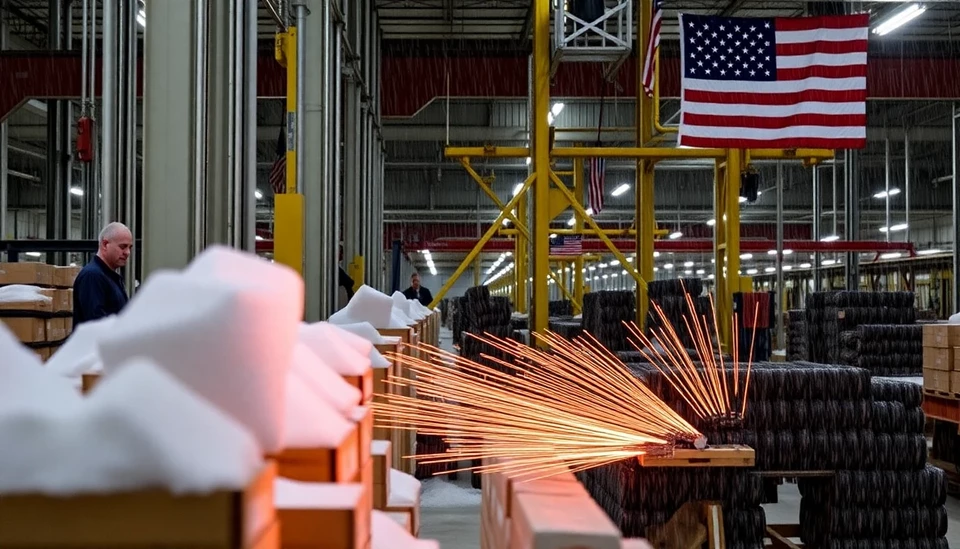
The latest economic data highlights a concerning trend as industrial production in the United States has seen a noticeable decline. According to reports released recently, this downturn is largely attributed to significant strikes across various sectors and the aftermath of hurricanes that have impacted critical supply chains.
In September, U.S. industrial production fell by 0.4%, a shift that analysts had been anticipating but nonetheless reflects broader economic challenges. This decline is significant as it contrasts sharply with the persistent recovery efforts and growth seen earlier this year. The decrease can be traced back to labor disruptions caused by high-profile strikes involving major automakers, which have not only stalled production lines but also affected associated industries.
The auto industry, in particular, demonstrated a hefty impact on the overall production numbers, with a staggering 7.3% decline in output. These strikes, primarily driven by demands for better wages and working conditions, have led to a temporary suspension of vehicle manufacturing, further exacerbating supply issues in an already strained market.
Additionally, the aftermath of hurricanes that struck various parts of the country has also wreaked havoc on industrial operations, particularly in sectors reliant on robust logistic networks. The disruptions have caused delays and shutdowns, contributing to the adverse effects on production output across the board.
Further analysis reveals that manufacturing, which serves as a backbone of the U.S. economy, was notably hard hit. Although some sectors exhibited resilience, the cumulative effect of worker strikes and environmental challenges have overshadowed any positive performance. Economists are now suggesting that these factors could lead to a prolonged period of uncertainty in manufacturing jobs and overall industrial growth.
In light of this downturn, market experts are issuing cautious outlooks as they monitor the potential ripple effects on consumer spending and overall economic recovery. With inflationary pressures still in place, the combination of reduced production and the impact of continued labor negotiations could signal a need for policymakers to reassess strategies moving forward.
Looking ahead, stakeholders will be closely observing how the situation unfolds, particularly as negotiations resume in the coming weeks. The outcomes could determine the pace of recovery and whether the recent decline in industrial production is a short-lived setback or indicative of deeper economic issues ahead.
The Federal Reserve’s response will also be critical as they balance the fight against inflation with supporting economic growth amidst these significant external pressures. As the situation continues to evolve, the intersection of labor dynamics and natural disasters will remain at the forefront of economic discussions in the United States.
#IndustrialProduction #USEconomy #Strikes #HurricaneImpact #Manufacturing #EconomicTrends #LaborNegotiations #AutoIndustry
Author: Daniel Foster




